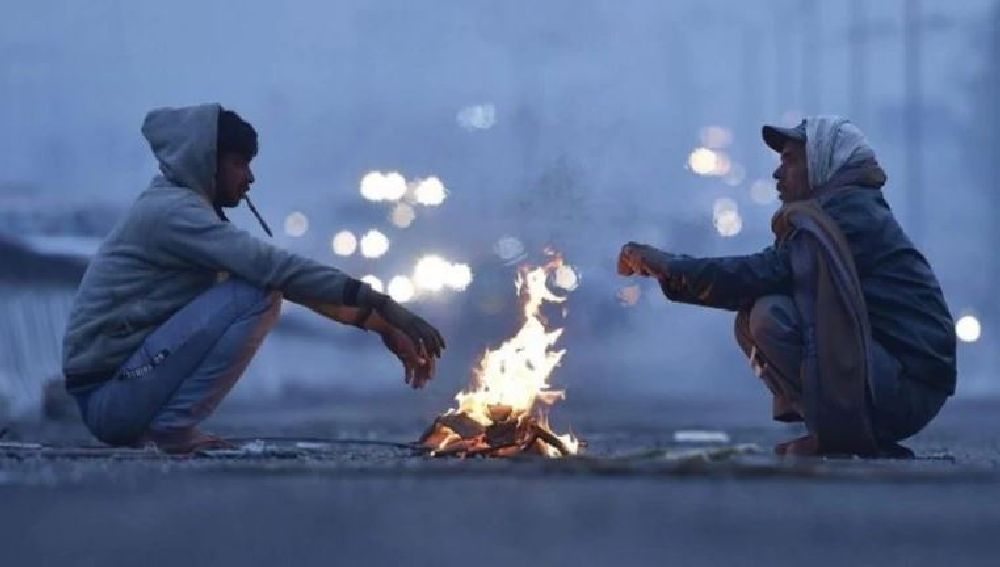
NEW DELHI: After experiencing brunt of the year’s severe heat and heavy rainfall, India is now experiencing bitter cold. In December, minimum temperatures in most parts of central and northern India dropped significantly.
On Sunday, December 19, the India Meteorological Department (IMD) issued a severe cold wave warning for north Rajasthan, Punjab, Uttar Pradesh, Uttarakhand, Himachal Pradesh, north Madhya Pradesh, Haryana, Chandigarh, Delhi and Jammu & Kashmir, which will last till December 21. The minimum temperature in Delhi dipped to 4.6 degrees Celsius on Sunday morning, the lowest so far this season, according to IMD.
La Nina and El Nino are oceanic and atmospheric events that develop between April and June and peak between October and February. These occurrences can endure up to two years, even if they only span for 9-12 months.
Under normal circumstances, the trade winds, which guide the ocean currents of Pacific Ocean, blow west along the equator. Warm water from South America moves towards Asia as a result of this. To replace the displaced warm water, cold water rises from the depths of the ocean. El Nino and La Nina, two opposing climate trends, disrupt these typical settings.
What is the impact on India?
When La Nina interacts with the tropical heating conditions on the Indian subcontinent, it brings cold air from Siberia and South China, resulting in a north-south low-pressure system. The chilly weather associated with these troughs can also affect southern India, extending as far as Tamil Nadu. They do not, however, affect northeast India.
During winters, La Nina creates a frigid wave-like jet stream that sweeps across Afghanistan, Iran and the Hindu Kush mountains. The severity of the cold in India is influenced by these powerful and chilly winds.
Earlier in October, the meteorological phenomena had resulted in unseasonably strong rains. It also resulted in the southwest monsoon’s withdrawal from the country being delayed until October 25, the seventh-longest postponement since 1975.

